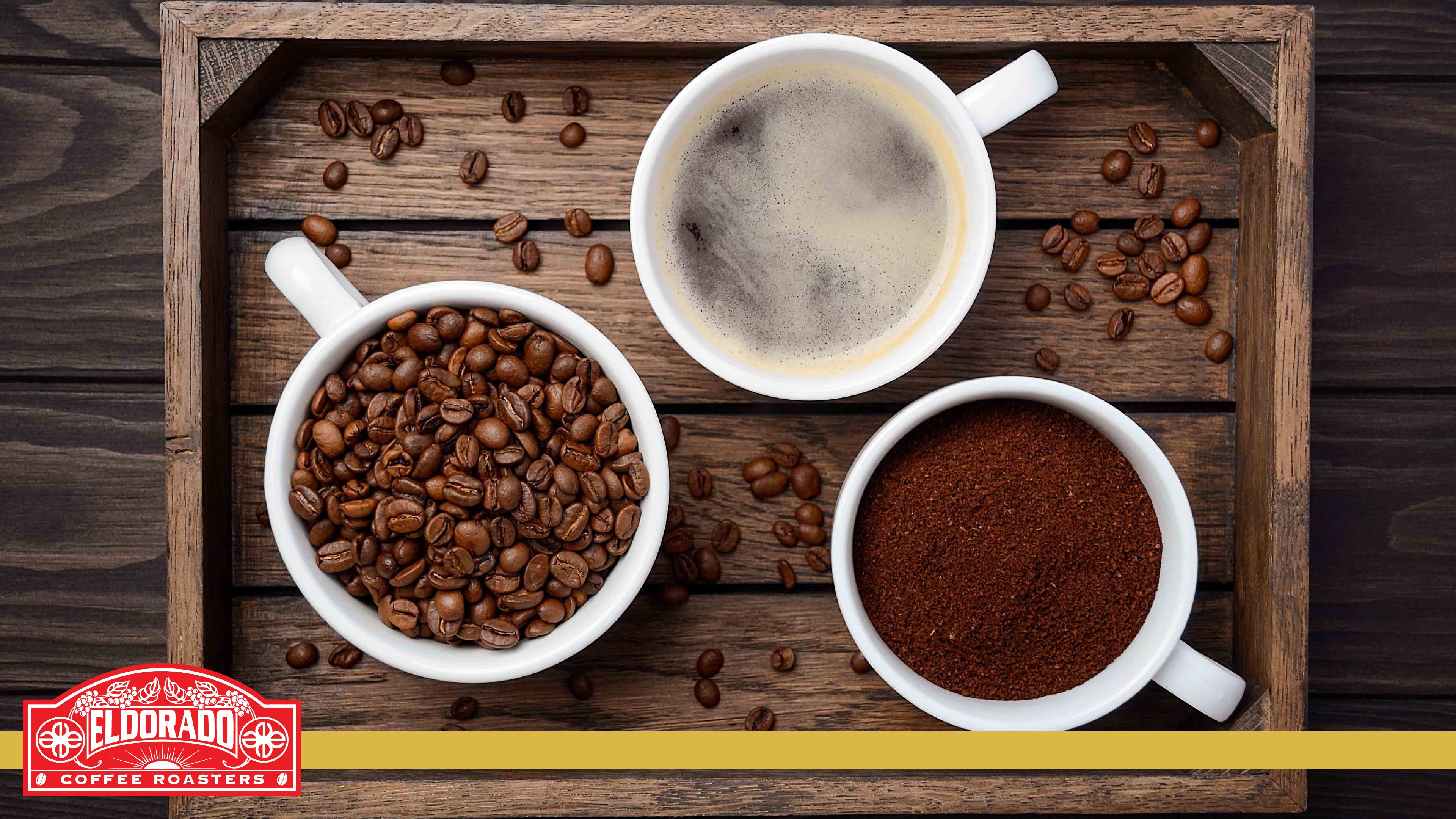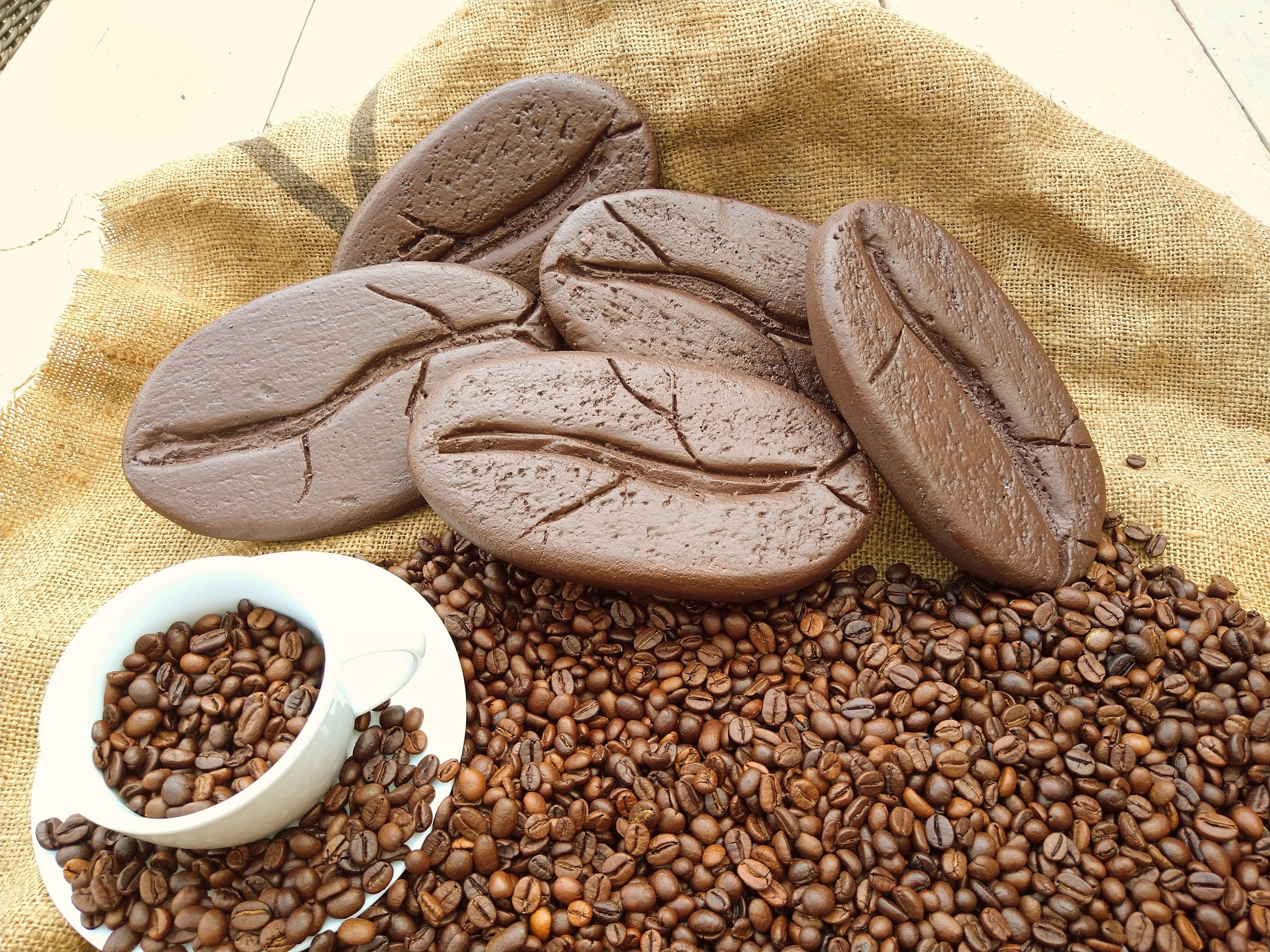Discovering the Abundant Flavors of Coffee Beans: a Deep Study Coffee and Blended Coffee Beans
You discover a complicated world where each range brings its own character to your cup when you check out the rich flavors of coffee beans. Understanding the origins, processing techniques, and roasting techniques can transform your coffee experience. As you browse via the art of coffee and the creativity behind blended coffees, you'll start to value the nuances that make each sip one-of-a-kind. What you'll uncover next could change the way you enjoy your morning brew.
The Beginnings of Coffee Beans: Checking Out Terroir and Taste Profiles
When you take a sip of coffee, you're not simply appreciating a beverage; you're experiencing an abundant tapestry of tastes shaped by the beans' beginnings. Each area creates distinct flavor accounts influenced by elevation, dirt, and environment. For instance, beans from Ethiopia commonly rupture with brilliant, fruity notes, while those from Colombia have a tendency to supply a balanced, nutty sweetness.As you explore various origins, you'll see just how terroir-- the environmental variables influencing a crop-- plays a vital duty. The exact same coffee variety can taste drastically various depending upon where it's grown.When you consider these variables, you begin to value the intricacy behind your cup. Each sip narrates of the land and the farmers that supported the beans. So, next time you delight, consider the trip your coffee took before it reached your hands, and savor those intricate flavors that mirror its beginning.
Understanding Coffee: The Art and Scientific Research Behind the Brew
When you think of espresso, it's not almost the strong flavor; it's additionally about the strategies that bring it to life. Comprehending just how various prep work methods impact taste can change your brewing experience. Let's explore the details of espresso prep work and uncover the unique flavor profiles that make each mug unique.
Coffee Prep Work Strategies
Espresso preparation is both an art and a science, integrating precise techniques with a deep understanding of coffee. To begin, you'll want to choose premium, newly roasted beans and grind them carefully for ideal extraction. The grind size is important; as well crude, and your espresso will be weak, too great, and it'll be bitter.Next, tamp the grounds equally in the portafilter to ensure consistent extraction. When you secure it right into the maker, objective for a brewing temperature between 190 ° F and 205 ° F.As you draw the shot, watch for the ideal extraction time-- around 25-30 secs. The result needs to be an abundant, velvety espresso with a gorgeous layer of crema ahead - SOE. With practice, you'll master these methods
Flavor Profiles Discussed
The world of coffee uses a rich tapestry of flavor profiles that can boost your coffee experience. When you take that initial sip, you'll see an equilibrium of resentment, level of acidity, and sweetness. Each coffee bean lugs distinct notes, from fruity and flower to nutty and chocolaty. Light roasts usually showcase brilliant level of acidity and vivid tastes, while dark roasts present deeper, bolder tones.Understanding these profiles assists you choose the appropriate coffee for your taste buds. Explore different blends can expose unusual mixes. As an example, a well-crafted mix could integrate the bright notes of an Ethiopian bean with the abundant, chocolatey touches of a Brazilian bean. Accept the journey of discovering coffee's diverse tastes, and you'll transform your coffee routine into an exciting journey.
Processing Methods: Just How They Influence Taste and Scent
While it might appear that the beginning of coffee beans is one of the most substantial aspect in identifying their taste and scent, the handling techniques made use of post-harvest play a similarly vital role. You'll discover that these methods can dramatically change the final taste account of your cup.For instance, the washed process gets rid of the fruit from the beans before fermentation, usually causing a cleaner, brighter taste. On the other hand, the natural process leaves the fruit undamaged during drying out, leading to a sweeter, fruitier profile.Other methods, like honey handling, strike a balance, allowing some fruit mucilage to continue to be, supplying a special complexity.Each processing technique engages with the beans' fundamental features, enhancing or silencing particular tastes and aromas. So, when you sip go to the website that espresso or mixed coffee, keep in mind that the trip from cherry to mug is affected not simply by beginning however additionally by just how those beans were refined.

Roasting Techniques: Opening the Full Potential of Coffee Beans
Toasting techniques are crucial for exposing the full possibility of coffee beans, as they transform raw, environment-friendly beans into the fragrant, delicious coffee you delight in. The choice of toasting approach-- light, tool, or dark-- drastically influences taste profiles. Light roasts protect the beans' natural level of acidity and fruity notes, while medium roasts balance sweet taste and richness. Dark roasts, on the various other hand, highlight vibrant, smoky flavors.You can trying out roasting times and temperature levels to discover your excellent brew. A slower roast at lower temperatures enables complicated tastes to develop, while a quicker roast can increase anger. Focus on the fractures throughout toasting; the first fracture suggests a light roast, while the 2nd crack signals a dark roast - SOE. By grasping these methods, you'll disclose a world of flavor, raising your coffee experience to brand-new elevations. Enjoy this post every sip, understanding the treatment that entered into your cup!
The Magic of Blended Coffee: Creating Special Taste Experiences
Developing a distinct taste experience with combined coffee can transform your morning ritual right into an exploration of preference. By combining various beans from various regions, you can reveal a harmony of tastes that elevate your cup to brand-new heights. Each mix deals a distinctive account, stabilizing sweetness, body, and acidity to produce something truly special.When you choose a blend, you're not just picking a coffee; you're selecting a journey throughout varied landscapes and cultures. Trying out various mixes allows you to uncover your individual faves, whether you appreciate fruity notes or abundant, chocolatey undertones.Blended coffee likewise provides you the flexibility to readjust the mixture to fit your state of mind. You may long for a light-bodied blend eventually and a vibrant, dark roast the next. Embrace the magic of mixing and allow each cup shock your taste buds, making every sip a wonderful adventure.
Sampling Notes: Identifying the Nuances in Your Cup
As you drink your coffee, you could observe a spectrum of flavors dancing on your taste, each exposing the ins and outs of the beans. You may taste the bright level of acidity similar to citrus or the deep, rich notes comparable to dark chocolate. The sweet taste could evoke honey or sugar, balancing the total account beautifully.Pay attention to the body of the coffee-- does it really feel light and ventilated, or is it complete and creamy? The coating, as well, provides clues; a sticking around aftertaste might hint at nuttiness or flower undertones.Don' t fail to remember to discover the special characteristics of different origins, as each area imparts distinct flavors. Ethiopian coffees commonly present fruity notes, pop over to these guys while Colombian beans may display a more spherical sweet taste. By acknowledging these subtleties, you'll deepen your recognition for each cup, boosting your coffee experience to brand-new heights.

Brewing Approaches: Making Best Use Of Flavor Removal for Every Bean
When you discover the various developing methods, you'll discover that each method can dramatically impact the flavor profile of your coffee. From French press to pour-over, each technique essences various substances, boosting or silencing details notes. For example, using a French press allows oils to remain in the brew, creating a richer taste, while pour-over highlights clearness and brightness.Temperature and grind dimension also play crucial functions. A coarser work works best for cool mixtures, while a fine grind is perfect for espresso. Exploring with water temperature-- between 195 ° F and 205 ° F-- can disclose concealed tastes, too.Don' t fail to remember about steeping time; a fast removal can lead to sour notes, while over-extraction may produce resentment. By changing these variables, you can optimize taste extraction and genuinely boost your coffee experience. Take pleasure in the trip of finding what technique finest matches your taste!
Regularly Asked Inquiries
What Is the Perfect Water Temperature Level for Developing Coffee?
The perfect water temperature level for brewing coffee's between 195 ° F and 205 ° F. If you make use of water that's as well hot, you'll over-extract tastes; too cool, and you won't remove enough. Aim for that pleasant area for the very best mixture!
How Does Work Size Impact Coffee Taste?
Grind size considerably influences coffee flavor. Finer grinds remove more tastes and oils, causing a bolder taste, while coarser grinds yield a lighter taste. Readjusting grind size assists you attain your desired coffee account.
Exist Health Perks Associated With Drinking Coffee?
Yes, consuming alcohol coffee can offer health and wellness advantages. It might boost cognitive function, boost metabolic process, and lower the risk of specific illness. Simply keep in mind to appreciate it in small amounts to profit without negative results.

What Is the Distinction In Between Arabica and Robusta Beans?
Arabica beans are smoother and sweeter, commonly featuring fruity flavors, while robusta beans are stronger with a bitter taste and higher high levels of caffeine content. You'll see these distinctions in aroma and developing experience.
Exactly How Can I Store Coffee Beans for Quality?
To save coffee beans for freshness, maintain them in an impermeable container, away from light, wetness, and heat. If you only grind what you require right prior to brewing, you'll keep their flavor much longer. When you check out the rich tastes of coffee beans, you uncover an intricate world where each selection brings its own personality to your cup. When you take a sip of coffee, you're not just enjoying a beverage; you're experiencing a rich tapestry of tastes shaped by the beans' beginnings. While it might seem that the origin of coffee beans is the most considerable element in determining their flavor and fragrance, the handling techniques utilized post-harvest play a just as crucial duty. Toasting methods are necessary for exposing the complete potential of coffee beans, as they change raw, environment-friendly beans right into the aromatic, tasty coffee you take pleasure in. As you sip your coffee, you might observe a spectrum of flavors dancing on your taste, each revealing the complexities of the beans.